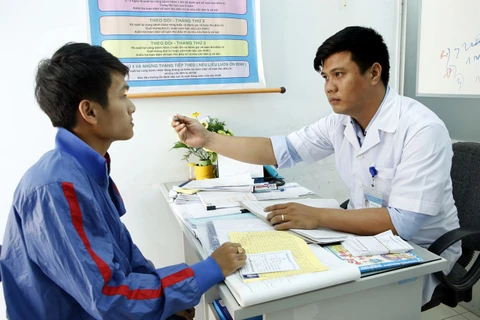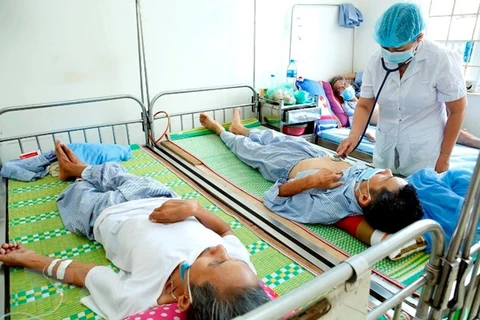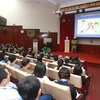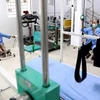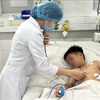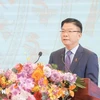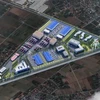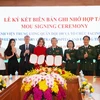Hanoi (VNA) - The National Hospital of Tropical Diseases and the Japan International Co-operation Agency (JICA) signed a record of discussions for a cooperation project to set up a bench-to-bedside system for sustainable anti-virus (ARV) and HIV prevention in Vietnam.
The project will evaluate the effectiveness and sustainability of Vietnam’s HIV treatment system and analyse pre-exposure preventive activity to reduce new cases.
The project will set up connecting systems between central and local hospitals to monitor HIV treatment, discover new cases and provide early diagnosis of treatment failure and drug resistance mutations.
A system of pre-exposure (PrEP) preventive monitors will be established to contribute to the HIV/AIDS prevention programme. The project plans to start in April next year and last until March 2024.
Statistics showed that Vietnam has around 250,000 HIV-infected people and nearly 14,000 new infections each year, ranking fourth in the Asia-Pacific region.
Funds for treatment and some tests for HIV/AIDS patients in central-level hospitals are being provided free of charge through international funding sources.
However, as Vietnam has become a middle-income country, international aid has been reduced.
HIV treatment will be covered by health insurance and will be provided at local-level health centres, but many local health centres do not have experience with HIV treatment.
Patients often have to pay for their own medical expenses, which may affect their adherence to treatment procedures and lead to viral outbreaks and drug resistance.
In terms of preventive work, the Ministry of Health has issued a plan of PrEP treatment by ARV medicines for 2018-2020.
The plan will be implemented in Hanoi and some provinces throughout the country.-VNA
VNA

